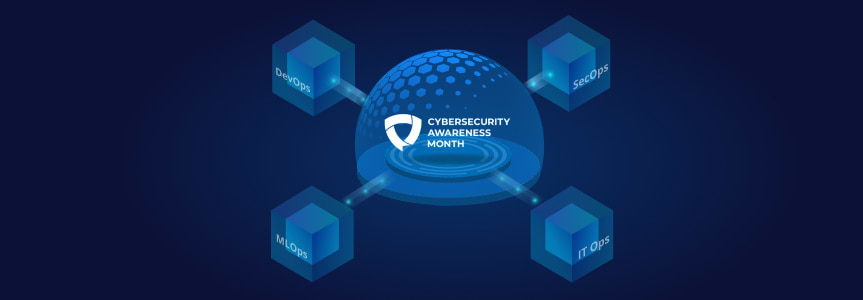From Silos to Synergy: Unifying Your Security Tools for a Stronger More Resilient Software Supply Chain
In the race to secure today’s ever-expanding attack surface, many companies have made a practice of using a mix of tools to monitor, assess, and remediate threats. This practice has resulted in a fragmented and chaotic landscape of security solutions across several teams, increasing complexity and forcing companies to have a reactive vs. proactive security posture.
The High Cost of a Fragmented Defense
The consequences of having a varied and disjointed security tool infrastructure is that it inadvertently renders a company more insecure by introducing significant challenges:
- No Consistency: With multiple tools performing similar scans – that could potentially arrive at different results – how do you determine which one is the source of truth? This ambiguity complicates audits, slows down remediation efforts, and erodes confidence in your security posture.
- Lack of a Unified View: With a disparate security tool landscape, data remains locked within team-specific silos, preventing leaders from gaining a holistic understanding of the most relevant and impactful threats and vulnerabilities.
- Financial Drain: Having multiple tools results in paying for redundant licenses along with maintenance, integration, and training costs.
The Need to Prove It: Establishing Trust
As has been proven in many reports, trust is a great enabler that helps drive revenue, success and even employee satisfaction. If you have the mechanisms to protect your software from obvious threats, such as the recent spate of weaponized npm packages, and you can prove you’ve taken all the steps to ensure your software is safe, then you make everyone’s life easier.
As a CISO battling today’s threat landscape, I can attest the age-old mantra of “Trust but verify” has officially changed to, “Verify, Verify and then maybe Trust”. This not only applies to practices around “keeping threats out” of your organization, but also when building a verifiable audit trail of all the steps taken to ensure the quality and security for every application before it is released. In order to do this we need to simplify the software supply chain, become more consistent in how we perform operations, share data, keep accurate records and work together to assess risk effectively.
Consider these practical examples of the benefits of integration:
- Validate Production Integrity: Your DevOps pipeline knows what a certified build looks like. It has the evidence files, such as SBOMs (Software Bill of Materials), and the cryptographic hashes (like a $SHA-256$) of authorized binaries. Why not share this “birth certificate” with SecOps and IT Ops? They can then instantly validate that the code running in production is the exact, untampered code that was tested and approved, providing a powerful defense against unauthorized changes.
- Supercharge Vulnerability Triage: Imagine your vulnerability management team had direct access to your central artifact repository’s catalog like JFrog Artifactory. When a new CVE is announced, instead of guessing its potential impact, the security team can immediately see where the vulnerable package is in use across the entire software supply chain, know how it’s used, and evaluate dependencies so they can build the appropriate remediation and support options. This shortens a week-long investigation to minutes and brings focus to all remediation efforts.
The Path Forward: Integration Over Isolation
The data your team generates or could use is a force multiplier for the entire organization. It’s time to step out of your silo.
- Assess Your Tools: Map your current security toolchain. Identify overlaps and opportunities for consolidation.
- Start the Conversation: Talk to your counterparts in DevOps, SecOps, and IT Ops. Ask what data they have that you could use, and what data you have that could help them.
- Unify and Simplify: Champion the move away from your “favorite” tool if it means adopting a more normalized, unified security model for the entire company. You’ll gain kudos from executives for driving efficiency and clarity.
Let’s stop operating in isolated pools of light and start working together. By connecting our tools and our teams, we can finally build a truly resilient, transparent, proven, and secure software supply chain. Let’s make it happen.
Check out how JFrog can break down silos and unify your operations by taking an online tour, scheduling a personal demo or starting a free trial at your convenience.





